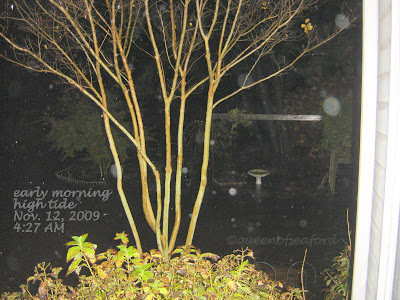
Pistacia chinensis is an outstanding tree that is being used more frequently as a 'street tree'. Considered a medium sized tree, average height is somewhere between 25 and 35 feet with a similar spread. It can reach a height of 60 feet, though that is not typical. It is a lovely vase shape tree with large evenly compounded pinnate leaves. The leaflets are approximately 2 to 4 inches in size.


Many of the web sites tell of the gorgeous fall color of red to orange. This puzzled me as our tree in the photographs is from the Learning Garden. My first awareness of our tree was last fall. I was taking pictures for use within the Cooperative Extension Office. The tree didn't have a metal sign and the wooden stake with the name was unreadable. After making the ID for the tree I was still puzzled. I had an article about tree fall color foliage ---Chinese Pistache was listed as a wonderfully bright red fall color. WHAT?? It took a lot more investigation to convince me that is was indeed a Chinese Pistache. I guess you could say I like double documentation. I did find a few references that include yellow as the fall color. It is beautiful in the garden.

Proper pruning is needed with this tree as the lower branches can droop. The upright vase shape also has V-shaped crotches that need to be managed for strong structural growth. Some reports with my reading say that some have thorns, ours does not. The bark is gray-brown and as it matures will flake off to show a salmon red to orange inner bark. Ours is still a young tree.

It is a dioecious tree and the flowers have gone unnoticed by me on our specimen. It can spread by seed that because of that there are a few conflicting documents about its invasiveness. Both documents are from Texas—two claiming it to be a wonderful tree for planting, Texas Superstars (quick overview) and Texas Tree Planting Guide- (advocating this tree for Texas )and against planting it, Austin Growgreen (advocating NOT planting this tree as it is invasive in Central Texas, spreads by seeds). If you live in Texas be sure to check with your Extension office to see what the status is for your county.
The zonal range for this tree is pretty wide. It is hardy from zones 6b- 9. While not a native to the US it has been used in urban areas with less than perfect growing conditions and done well.
University of Florida- great information on a 3 page document
University of Florida Extension- good information from Cooperative Extension
Tree New Mexico - public education and advocacy website for trees in New Mexico
University of Arkansas- Plant of the Week profile
North Carolina State- brief overview of the tree
Virginia Tech- one page reference sheet- my applets for the pictures didn't load, not sure if they will for you.
***please note that I continue to update fall foliage pictures
to past tree profiles, be sure to check back (spring photos will include
flowers and budding)**
~~~I respond to your comments on current posts and try
To respond to comments on past posts as well. If you
Would like to see the response, just check the box to have further
comments emailed to you~~~~
Next week's tree is –Cryptomeria japonica HAPPY THANKSGIVING TO ONE AND ALL
.JPG)







































